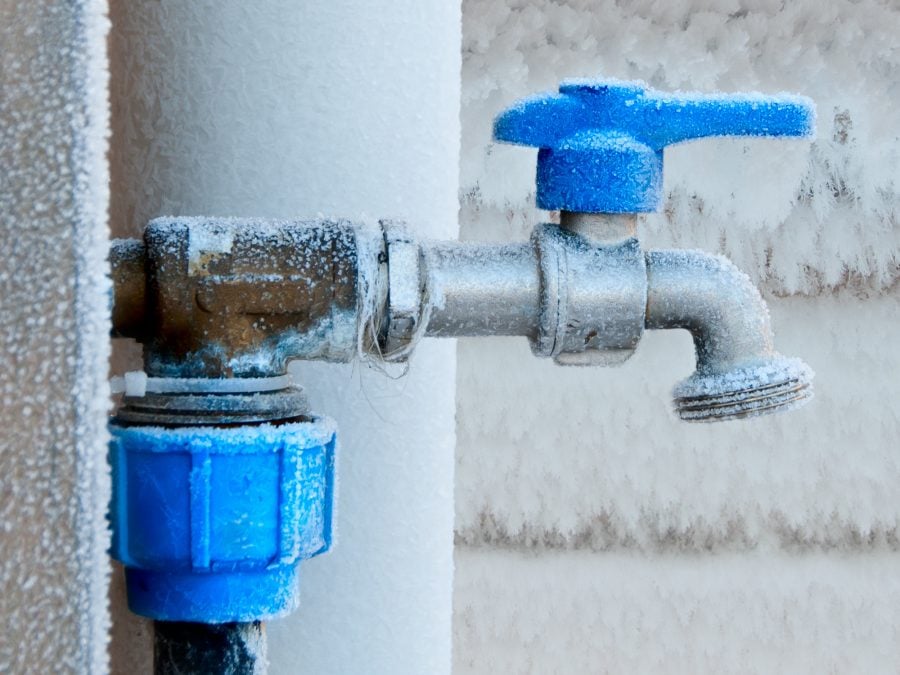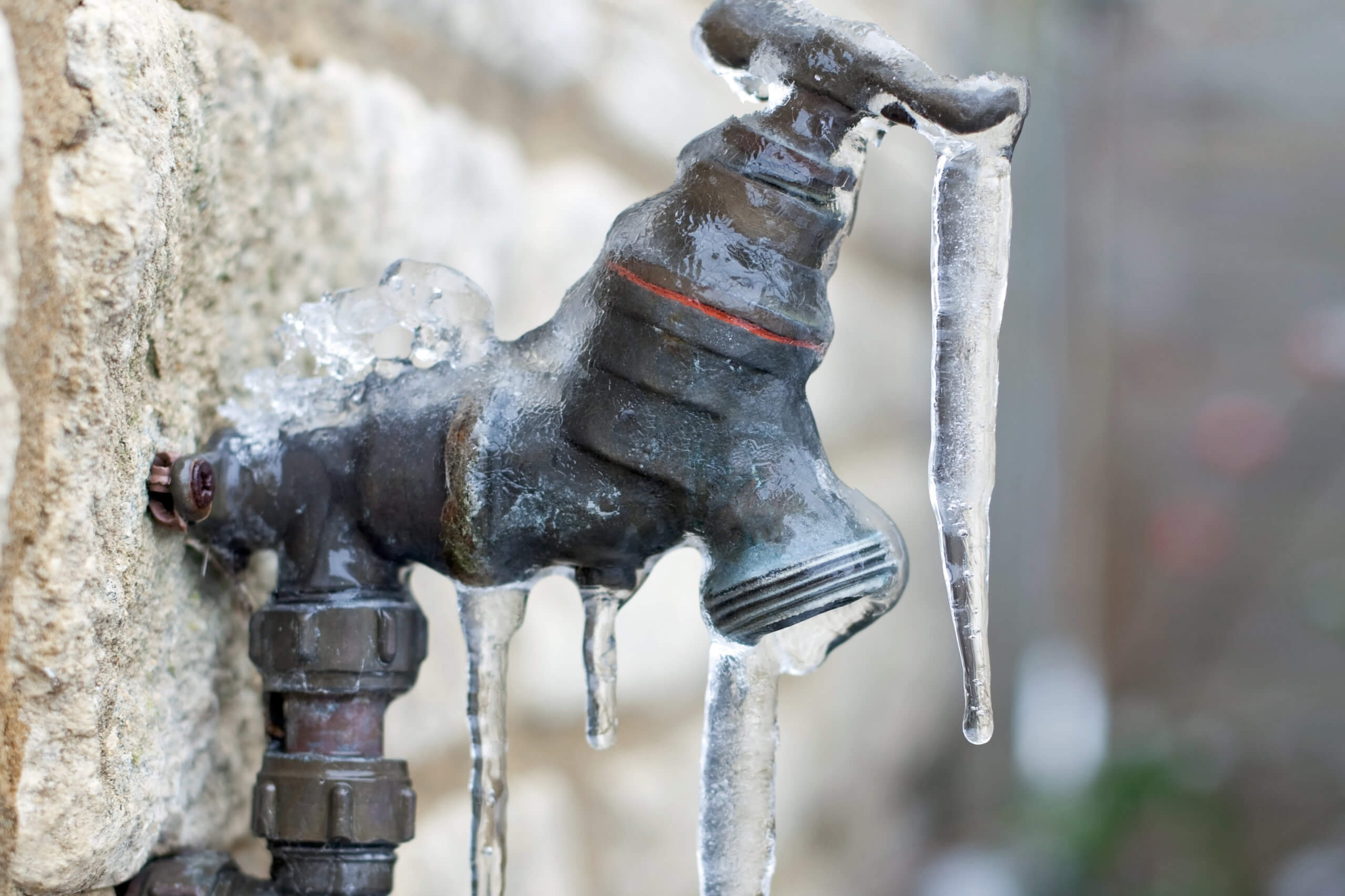Important Tips to Avoid Frozen Pipes in Cold Weather: Expert Guidance
Important Tips to Avoid Frozen Pipes in Cold Weather: Expert Guidance
Blog Article
We've found this post about Preventing and dealing with frozen pipes down the page on the net and accepted it made perfect sense to discuss it with you over here.

Cold weather can damage your pipes, specifically by freezing pipelines. Right here's how to prevent it from occurring and what to do if it does.
Intro
As temperature levels drop, the threat of icy pipelines rises, possibly bring about expensive fixings and water damages. Understanding just how to avoid icy pipelines is important for homeowners in chilly environments.
Recognizing Frozen Pipelines
What creates pipelines to freeze?
Pipelines ice up when exposed to temperature levels listed below 32 ° F (0 ° C) for extended periods. As water inside the pipelines ices up, it expands, taxing the pipeline wall surfaces and potentially triggering them to rupture.
Threats and problems
Frozen pipes can result in water disruptions, residential property damage, and expensive fixings. Ruptured pipelines can flood homes and cause comprehensive architectural damages.
Signs of Frozen Pipes
Identifying frozen pipes early can prevent them from rupturing.
Just how to determine frozen pipelines
Try to find reduced water flow from taps, unusual smells or noises from pipelines, and noticeable frost on exposed pipelines.
Prevention Tips
Shielding at risk pipes
Wrap pipelines in insulation sleeves or utilize warmth tape to shield them from freezing temperature levels. Concentrate on pipes in unheated or outside locations of the home.
Heating methods
Maintain indoor areas effectively heated, especially locations with plumbing. Open up cupboard doors to enable cozy air to distribute around pipelines under sinks.
Securing Exterior Plumbing
Garden tubes and exterior faucets
Separate and drain pipes yard pipes before wintertime. Set up frost-proof faucets or cover outside faucets with shielded caps.
What to Do If Your Pipelines Freeze
Immediate actions to take
If you presume icy pipelines, keep faucets open up to eliminate stress as the ice thaws. Make use of a hairdryer or towels taken in warm water to thaw pipelines slowly.
Long-Term Solutions
Architectural adjustments
Take into consideration rerouting pipelines far from outside wall surfaces or unheated areas. Add extra insulation to attic rooms, basements, and crawl spaces.
Updating insulation
Invest in top quality insulation for pipes, attic rooms, and wall surfaces. Proper insulation assists keep consistent temperatures and minimizes the threat of frozen pipes.
Verdict
Stopping frozen pipelines requires aggressive procedures and quick feedbacks. By comprehending the reasons, indications, and safety nets, property owners can protect their pipes during cold weather.
5 Ways to Prevent Frozen Pipes
Drain Outdoor Faucets and Disconnect Hoses
First, close the shut-off valve that controls the flow of water in the pipe to your outdoor faucet. Then, head outside to disconnect and drain your hose and open the outdoor faucet to allow the water to completely drain out of the line. Turn off the faucet when done. Finally, head back to the shut-off valve and drain the remaining water inside the pipe into a bucket or container. Additionally, if you have a home irrigation system, you should consider hiring an expert to clear the system of water each year.
Insulate Pipes
One of the best and most cost-effective methods for preventing frozen water pipes is to wrap your pipes with insulation. This is especially important for areas in your home that aren’t exposed to heat, such as an attic. We suggest using foam sleeves, which can typically be found at your local hardware store.
Keep Heat Running at 65
Your pipes are located inside your walls, and the temperature there is much colder than the rest of the house. To prevent your pipes from freezing, The Insurance Information Institute suggests that you keep your home heated to at least 65 degrees, even when traveling. You may want to invest in smart devices that can keep an eye on the temperature in your home while you’re away.
Leave Water Dripping
Moving water — even a small trickle — can prevent ice from forming inside your pipes. When freezing temps are imminent, start a drip of water from all faucets that serve exposed pipes. Leaving a few faucets running will also help relieve pressure inside the pipes and help prevent a rupture if the water inside freezes.
Open Cupboard Doors
Warm your kitchen and bathroom pipes by opening cupboards and vanities. You should also leave your interior doors ajar to help warm air circulate evenly throughout your home.

As a devoted reader about How to prepare your home plumbing for winter weather, I was thinking sharing that excerpt was really helpful. Enjoyed our piece? Please quickly share it. Help another person discover it. Thank you so much for your time spent reading it.
Book Today! Report this page